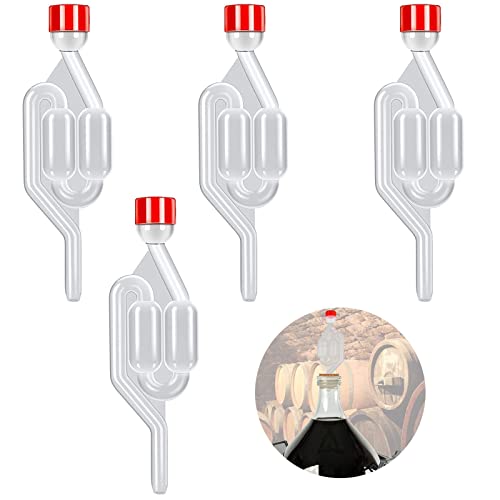I used the kolsch yeast once or twice, a few years ago. and it was pretty good. I suspect that other CML yeasts are suitable for kolsch type beers. Hog Norsk maybe? Kentucky? California Common? And what about Haze? I made one beer with Kentucky and didn't like the beer.
Unless the beer style has developed to showcase the yeast strain, I prefer to yeast to take a back seat. I got very fed up with S-04 a while ago, although I hear it's improved since, but CML Four is OK. I used their Ale strain in a cheapo, use-up beer a while ago and was very pleasantly surprised. it's my goto for bitters and pale ales at the moment. I've just ordered a few more sachets.
I'm using CML Five in all my hoppy beers. I really should experiment more with the likes of Pia. By hoppy beers, I mean hoppy summer pale ales not the super-dreadnoughts of the American persuasion, although my interpretation of 8-Arch Corbel also relies on Five.
As the years have passed I have focused more on the yeast in my beers. Yeast choice and fermentation influences beer a hell of a lot. I also like yeast forward styles. And favourite styles like bitter vary a huge amount with the yeast chosen. I don't just want the yeast to get out of the way. I actually think it's the best bit. even a 'neutral' yeast determines the malt and hop profile of the beer and it can vary enormously.
The CML yeast specs say that both Five and Atlantic are similar to US-05. And Pia is another popular option for hoppy pales. Midland, Haze, Beoir and Clipper too, I think! It's a big range that CML does. Could Atlantic be a Bry-97 clone? What are Haze and Beoir similar to? I doubt CML's supplier is finding new strains to clone that haven't been released by the big manufacturers, at some point at least.
P.S. ....
Pre industrialisation, brewers pitched fresh yeast into their beers. Many breweries do now, using yeast from the latest batch. Many breweries use dry yeast, but it's not the same thing. It's not wrong, of course, just different. I use fresh yeast and dried yeast. Dried yeasts generally lose character in the drying process. They behave differently. If you split a batch between US-05 and WLP001, the beers are different. 001 produces a richer malt profile. Not better - but different. I use liquid yeasts for saison because I don't get the same results from dried saison yeasts. not wrong or bad, I just like the ;liquid ones I've used. I think that dried yeast tends to improve when it is repitched as a fresh yeast. I read that "brewers make wort and yeast makes beer" years ago and I increasingly understand that. I would prefer to make extract beer and spend money and time on yeast than make AG beer and give little attention to yeast and fermentation. But I can't afford to use lots of extract! Grain is so much cheaper. I steal yeasts from bottled beers sometimes too. You can also get cask dregs from a pub if you ask nicely. Some breweries will happily give you some of their yeast. Don't push yeast out of the way, go and look for it, bring it home, look after it and get to know it! It doesn't require a lot of time. The time consuming aspects of brewing lie in making wort, cleaning, bottling, kegging, working out what to brew etc. Yeast starters take minutes. Yeast can be free.
I'm in my 60s and I suspect I will end up making extract/partial mash beers, adding hops, and focusing mostly on yeast and fermentation. Reduce the workload and spend the time on the key part, the interesting part, for me. I'm even intending sourcing yeasts from wild sources, fruits and flowers. My years of experimentation have led me to believe that you can make top quality beer with extract, though it will be optimised by using a small amount of grain at least, and adding hop leaf/pellets, if it's hopped extract, where hops are a key character in the beer.




![BREWING THERMOMETER STICKERS ACCURATELY MONITOR FERMENTING BEER & WINE LIQUID TEMPERATURES 5PCS HOME BREW SPIRITS WINE LCD ADHESIVE [US]](https://m.media-amazon.com/images/I/311DDjo2X3L._SL500_.jpg)





































